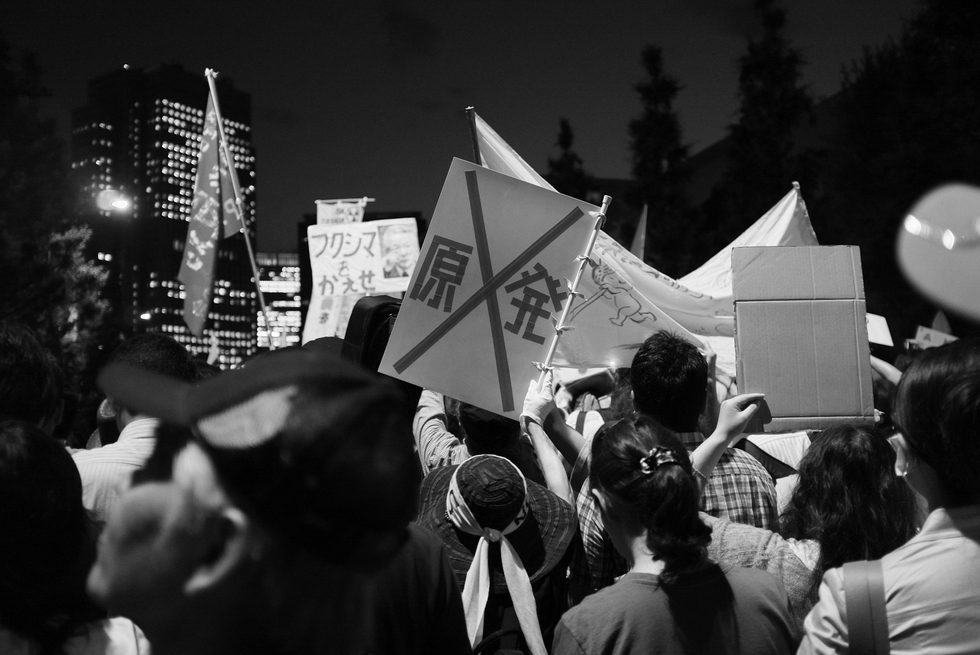Can You Hear the People Sing?
From the Series: 3.11 Politics in Disaster Japan: Ten Years Later
From the Series: 3.11 Politics in Disaster Japan: Ten Years Later

Nine years ago, I joined the choir praising a series of mass gatherings claiming to speak in the name of the people. A weekly antinuclear rally outside the Japanese prime minister’s official residence seduced scholars and journalists alike to become the definitive symbol of “postdisaster” political life. The crowd framed its own legitimacy in terms of its capacity to speak in the name of the people—and challenged that of the state in terms of its capacity to listen. For two hours of obstinate chanting every Friday night, it claimed turnout in the hundreds of thousands of “ordinary people”—to be understood as the legitimate antonym of pliant labor cadres. Now that crowd may itself be singing its last song—organizers ceased their activities this month, after four hundred weekly rallies—but it became the blueprint for successive waves of “postdisaster” activism.
The move to abandon commercial thoroughfares in favor of the government district’s desolate boulevards was nothing short of groundbreaking. It mitigated the risk of arrest which had crippled earlier antinuclear parades, negotiating a fait accompli of permit-less protest in one of the most scarcely trafficked but stringently surveilled parts of the metropolis. Unexpectedly, it engendered a more elaborate claim: repeated protest rituals eased the crowd into a rhetoric equating itself with “the people” as such, elevating the “national” experience of nuclear disaster to a claim of universal injury.
The ideologues of this moment saw in this fait accompli the promise of a “vessel” (utsuwa) linking many single-issue struggles into a chain of equivalence greater than the sum of its parts: the rhetorical-logistical backbone of a progressive populist front. And in the following years, younger activists tarried with its dogmas and contradictions in the very same spaces. But the assumptions inherited from the antinuclear crowd were strangely austere. The histrionic preoccupation with popular sovereignty; the contemptuous measuring of distance to a Left considered politically inept; the Sisyphean summoning of massive crowds in the deserted government district as a benchmark of possibility and progress: these were the central concerns of the crowd and the lasting legacy of “postdisaster” activism in Japan, not the minoritarian mores occasionally tolerated at its borders. As the weekly rallies outside the Prime Minister’s residence come to an end, I cannot but hope for a more durable vision of populist legitimacy to overcome that of the “postdisaster.”
Read Love Kindstrand’s essay “The Politicization of Precarity-Anti-Nuke Protests in Japan Since the Great Tohoku Earthquake,” published July 26, 2011.